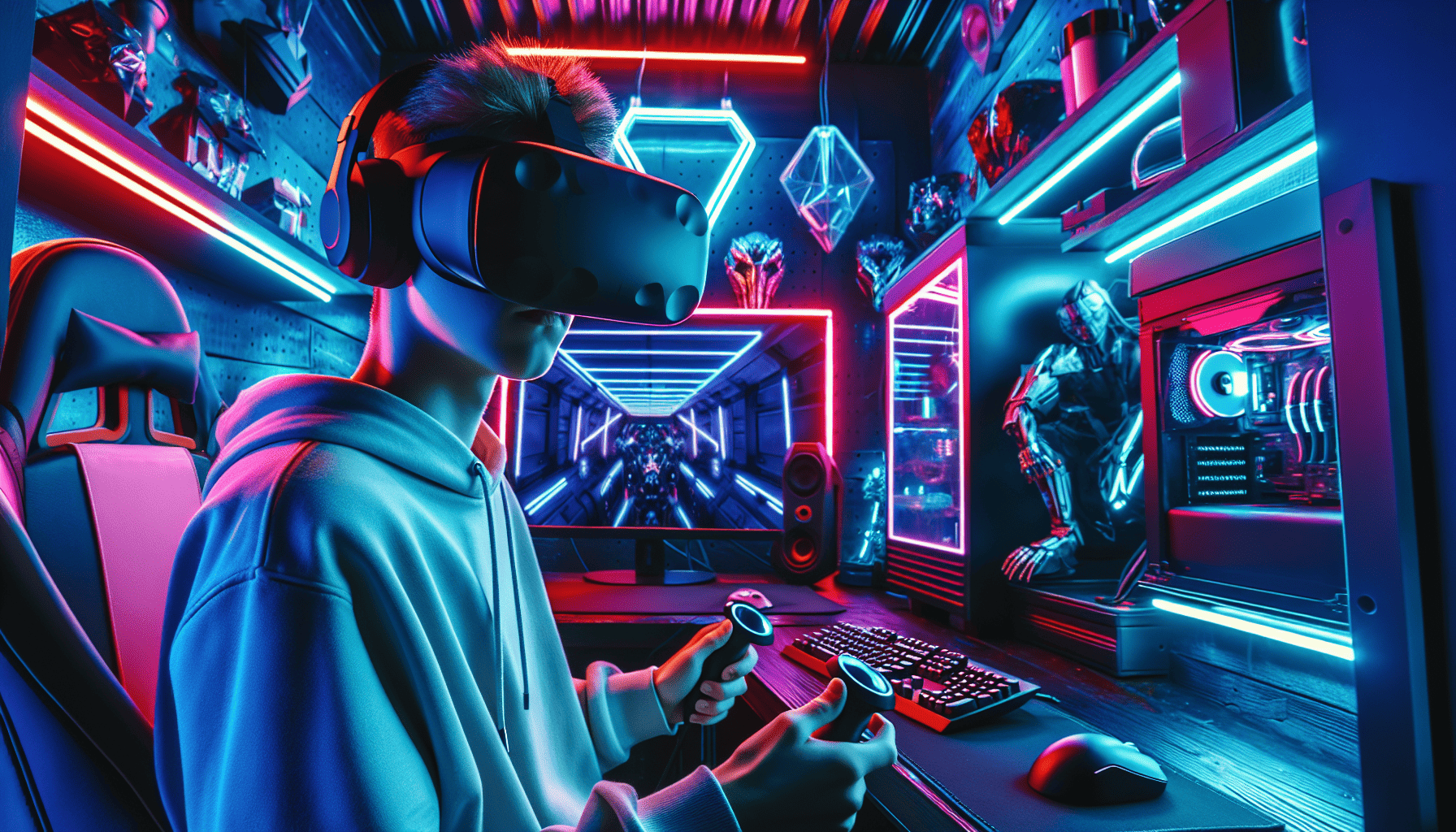The gaming industry has always been at the forefront of technological innovation, constantly seeking new ways to enhance the player experience. One of the most exciting developments in recent years has been the emergence and rise of virtual reality (VR) in gaming. This technology is not just an iteration but a transformative force that offers immersive experiences and reshapes player interactions in ways previously unimaginable.
VR creates an interactive environment that immerses players in a digital world, offering them the chance to engage with games on a completely different level. Unlike traditional gaming platforms, where interaction is limited to controllers and screens, VR envelops players with visuals and sounds that mimic real-life experiences. This immersive capability is possible through advanced headsets like the Oculus Rift, HTC Vive, and PlayStation VR. These devices track head movements, allowing the user to look around and interact with a 360-degree virtual landscape as though they were truly part of it.
One of the most significant impacts of VR in gaming is the level of immersion it provides. Traditional games engage a player's senses, but VR games engross them into the game world, creating a more compelling and visceral experience. For instance, in VR, a horror game becomes more terrifying as players walk through dark corridors where every creak and whisper feels real. A racing game turns into an exhilarating challenge as players feel the rush of wind and sense the speed as if they were on an actual track.
Moreover, VR is transforming the way players interact with games and with each other. In multiplayer environments, VR enables players to communicate and collaborate more naturally. Avatars can mimic real-life gestures and expressions, making social interactions feel more authentic. Games like "VRChat" and "Rec Room" have become social hubs where players from across the globe gather, converse, and play together in these virtual spaces. This social aspect of VR gaming not only enhances the experience but also builds communities that connect individuals worldwide.
The advancement of VR technology has also encouraged a wave of creativity in game design. Developers are no longer constrained by the flat screen and can experiment with the physics and design of three-dimensional spaces. This flexibility leads to innovative gameplay mechanics that redefine genres and introduce new ones. For example, puzzle games in VR take on a new dimension as players physically move objects and solve problems using their bodies and minds in tandem.
However, the rise of VR has not been without challenges. The technology is still in its nascent stages, with hardware costs being a significant barrier for widespread adoption. Additionally, some players experience motion sickness due to the disconnect between physical movement and virtual visual stimuli. Developers are actively working to mitigate these issues by improving frame rates and reducing latency in VR systems.
Despite these challenges, the potential for VR in gaming is immense. As technology evolves, VR is expected to become more accessible and sophisticated, creating opportunities for more profound player engagement and new storytelling forms. The integration of haptic feedback and other sensory experiences will only serve to intensify the immersive experience that VR promises.
In conclusion, virtual reality is not just a trend in gaming; it’s a leap forward that is greatly transforming the industry. By offering deeper immersion, redefining player interactions, and encouraging innovative game design, VR is setting the stage for a future where the line between the virtual and the real becomes increasingly blurred. As developers continue to push the boundaries, gamers worldwide can look forward to a new era of gaming that is as exciting as it is transformative.
